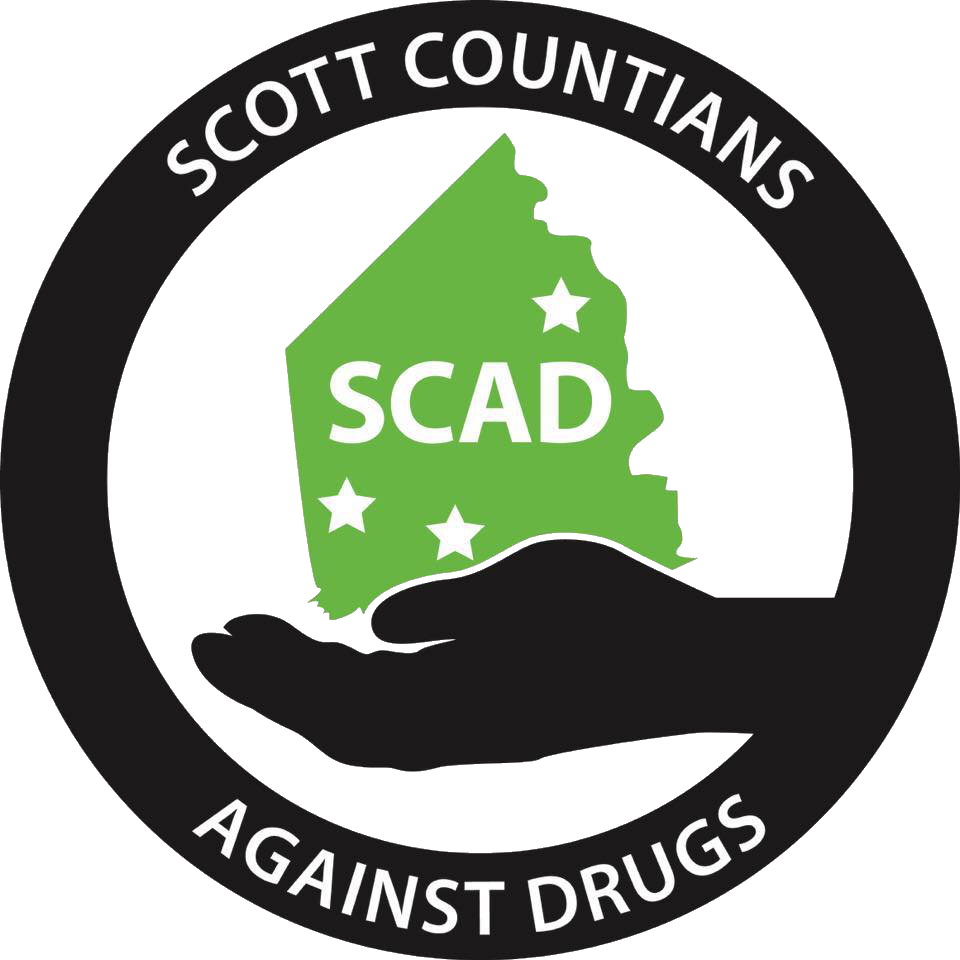Prescription Opioids & Illicit Use

Opioids are legally prescribed medications used to manage or treat pain. Opioids can be addictive and an addiction to opioids is known as an Opioid Use Disorder (OUD)
Prescription opioids are used to relieve pain, but they can also cause feelings of relaxation or intense euphoria, especially when misused.3, 4, 5
In addition to blocking pain signals, opioids also release large amounts of dopamine. This release can strongly reinforce the act of taking the drug and may cause the user to want to repeat the experience.6
Opioids alter the brain’s natural reward system, making it difficult to stop using.5 Physical dependence often makes it even harder to quit using, as the user has to take the drug to avoid the severe negative effects that occur during withdrawal.
Opioid Use & Abuse Statistics in the U.S.
A national study in 2018 estimated that among Americans aged 12 or older:7
- About 10.3 million people (3.7%) had misused opioids in the last year.
- About 9.9 million people (3.6%) had misused prescription opioids in the last year.
- Approximately 808,000 people (0.3%) had used heroin in the last year.
- Approximately 2 million people (0.7%) had an opioid use disorder.
- About 1.7 million people (0.6%) had a painkiller use disorder.
- Approximately 526,000 people (0.2%) had a heroin use disorder.
Hydrocodone was the most commonly misused prescription opioid, with about 5.5 million Americans aged 12 or older (2%) abusing it in 2018.7 Oxycodone was the second-most commonly misused prescription opioid, with approximately 3.4 million Americans aged 12 or older (1.2%) abusing it in 2018.7
Efforts to address the opioid epidemic have led to prescription opioids becoming less available, and people have turned to alternate routes to obtain them in some cases.8 People may buy prescription opioids from others, which can be very costly, while heroin has similar effects and can be cheaper and easier to access.6 In people who use heroin, 80% have a history of prescription opioid misuse.6, 8, 9
Signs and Symptoms of Opioid Abuse
If you are concerned that someone you care about is misusing opioids, there are some signs to watch for. Symptoms of opioid abuse include:4, 8, 17
- Change in eating and sleeping habits.
- Finishing a prescription early.
- Having trouble completing usual tasks at home, school, or work.
- Isolating or changing friends.
- Mood swings.
- Quitting hobbies.
- Showing signs of intoxication, including constricted pupils, slurring, or nodding off.
- Stealing money, medications, or valuables.
- Taking more medication than prescribed, or for longer than prescribed.
- Using prescribed medications in a different way than prescribed.
- Visiting more than one doctor for prescriptions, going to urgent care or the hospital for extra medication, or getting illegal drugs.

